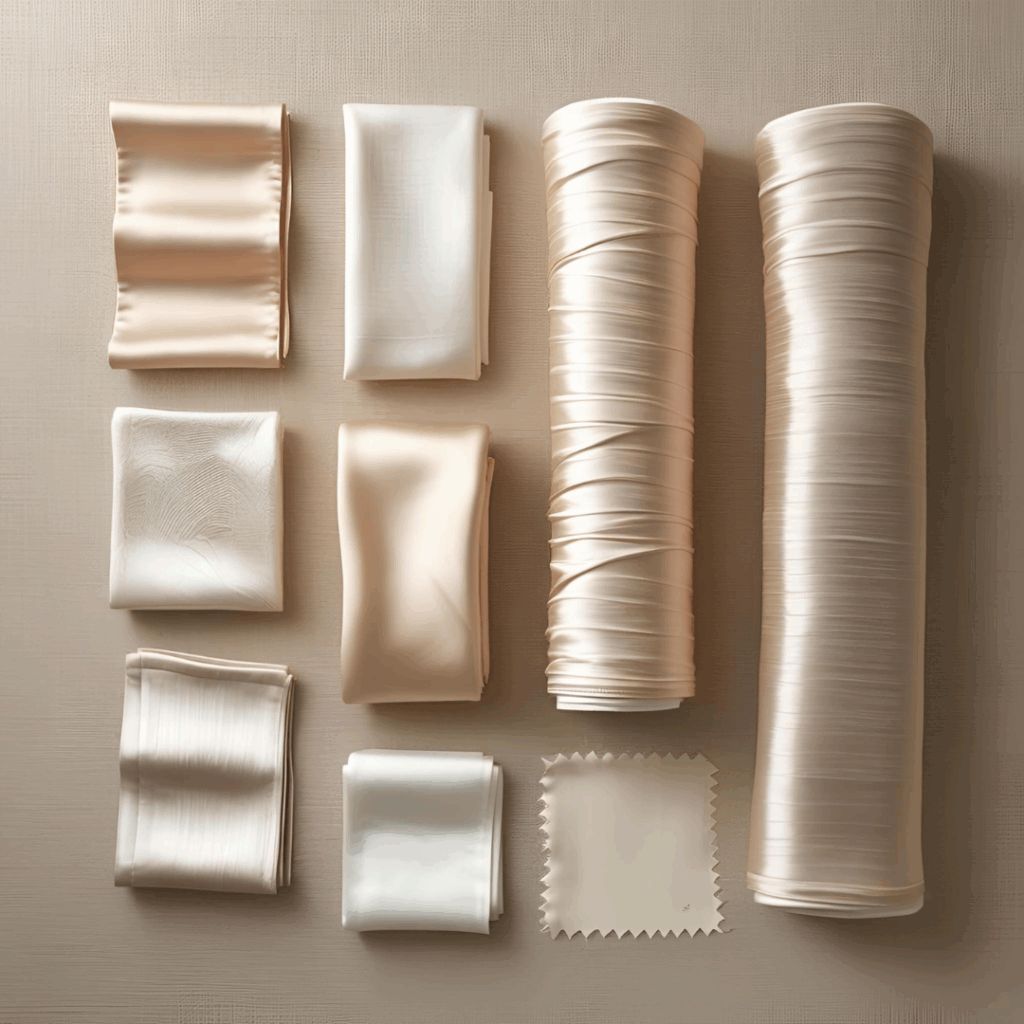Silk is one of the oldest and most valued fabrics in the fashion world, known for its shine, soft touch, and natural elegance. However, the traditional silk production process raises serious ethical and environmental concerns that many conscious consumers have started to question.
If you care about animal welfare and seek more compassionate and accessible fashion options, this guide is for you. We will unveil the problem behind conventional silk and reveal innovative vegan alternatives that are revolutionizing the textile market — offering style, quality, and above all, respect for life.
Why Is Traditional Silk a Problem?
Natural silk is produced from the cocoon of the silkworm (Bombyx mori). To obtain the continuous, shiny fibers we know, the cocoons are boiled with the worms still inside, causing the death of millions of these insects every year. This method, besides being considered cruel by many, also has less visible environmental impacts:
- High water and energy consumption: Necessary both for cultivating the mulberry trees (the silkworm’s main food) and for the complex silk processing.
- Use of pesticides and fertilizers: Applied in mulberry plantations to ensure the worms’ food, harming local ecosystems and soil quality.
- Challenges of sustainable management: Large-scale mulberry plantations can lead to deforestation and monoculture, impacting biodiversity.
For all these reasons, traditional natural silk is not considered an ethical option for those who value cruelty-free consumption.
Environmental and Ethical Impacts Associated with Silk
Beyond the undeniable animal welfare issue, traditional silk production contributes to other serious problems:
- Deforestation: Extensive mulberry cultivation may cause forest clearing in some regions to make space for plantations.
- Water pollution: Waste from silk spinning and treatment can contaminate water, affecting rivers and aquatic ecosystems.
- Labor conditions: Unfortunately, some production chains report exploitative labor or poor working conditions.
For consumers seeking truly sustainable and cruelty-free fashion, all these issues make conventional silk an increasingly less viable and desirable choice.



Accessible Vegan Alternatives to Traditional Silk
Fortunately, the textile market has evolved and offers various options that mimic the texture, shine, and lightness of silk, but without cruelty and often with lower environmental impact. Here are the main accessible vegan alternatives:
- Vegan Mulberry Silk (Ahimsa Silk or Peace Silk)
Although still a type of silk, this option is considered a cruelty-free version of traditional silk. In this method, cocoons are collected only after the silkworm naturally emerges, completing its life cycle. Because it requires a slower, manual process, this silk is rarer and consequently more expensive than conventional silk. - Cupro Fiber
Made from cotton linter (a byproduct of the cotton industry), cupro is a plant-based fabric with a silky touch, excellent drape, and great breathability. It is biodegradable and, when produced responsibly, helps reduce agricultural waste. - Tencel™ (Lyocell)
Derived from eucalyptus wood cellulose or other trees grown in sustainable plantations, Tencel™ is a soft, breathable, and biodegradable fiber. Its production process is innovative and closed-loop, meaning almost all water and solvents used are recovered and reused, minimizing environmental impact. - Soy Silk (Soy Fiber)
Extracted from the residue of soybean oil production, this plant fiber is a sustainable and vegan alternative that features a silky texture and natural shine. Although still less common in the Brazilian market, it promises to be a versatile and more eco-friendly material. - Recycled Polyester with Satin Finish
Although derived from plastic, recycled polyester is a more sustainable alternative to virgin polyester, as it avoids petroleum use. When produced with a satin finish, it can effectively imitate the look and feel of silk, besides being affordable and durable. It is crucial, however, to verify the material’s origin and prefer brands using 100% recycled polyester to minimize environmental impact.
How to Choose Vegan Alternatives Without Sacrificing Quality?
To ensure you make a conscious, high-quality choice:
- Look for transparency: Prefer brands that clearly inform the origin and manufacturing process of their fabrics.
- Check certifications: Labels like OEKO-TEX® Standard 100 (ensuring absence of harmful chemicals) and GOTS (Global Organic Textile Standard), when applicable to plant fibers, are good indicators.
- Prioritize biodegradable fabrics: To minimize the environmental impact of the garment after disposal, contributing to a circular economy.
- Evaluate brand ethics: Research the brand’s practices regarding fair labor and overall sustainability.
The Future of Silk: Innovation and Awareness
Major advances in textile biotechnology also promise to transform the silk scene. Research on silk produced by genetically modified yeasts or bacteria, for example, is creating artificial fibers with properties identical to traditional silk, but without any involvement or suffering of animals.
These innovations are still in early development but indicate a promising future for truly ethical and vegan fashion, where beauty and luxury can exist without cruelty.
Conclusion
Choosing accessible vegan alternatives to traditional silk is an important step toward reducing animal suffering and environmental impact in the fashion industry. You can have elegant, comfortable pieces with a touch of luxury without giving up your values.
Ethical fashion is a growing movement, and your choices drive this transformation toward a more compassionate and sustainable world.
💬 Did you already know these vegan silk alternatives? Which one would you like to try in your next purchases? Share your opinion in the comments!
🔁 Did you like this content and learn something new? Share it with your friends who also want to consume fashion more ethically and consciously!







